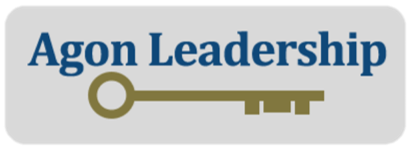What Are Your Employees Thinking?

How many times have you said, “I wish I knew what they were thinking”? Despite having the ability to make this wish come true, most of us continue to ‘wish’ instead of taking action. A simple question such as “How did you decide to do the job that way?”, would tell us what they were thinking.
Sometimes, our frustrated ‘what was he thinking’ is the result of an employee making mistakes. At other times, we are commenting on the unique and effective approach they took. When we respond to either situation with an interest in truly understanding what influenced their actions, we build rapport with our employees and help them feel they and their ideas matter to us. We also learn what they were thinking.
When talking with an employee who has made a mistake we might ask:
- “What result are you wanting to get?”
- “How well does this result match up with what you wanted?”
- “What happened that you didn’t get the result you wanted?” “What steps did you take when doing the job?”
- “What can you do differently next time?” (If they don’t know how to correct the mistake, provide additional training or tools to equip them to be successful.)
When talking with someone who achieved good results in a unique way, we might ask:
- I noticed that you did that task differently than how you were trained, but you got the results we wanted. “Why did you do it that way?”
- “What are the benefits of your approach?”
- “What are the possible pitfalls of your approach?”
Thank them for thinking of different approaches. Verbally clarify whether they may continue doing the task their way or, if due to factors such as unacceptable risks or legal compliance, they have to follow the standard procedure.
Both of these approaches satisfy your wish to know what your employees are thinking. In one situation you are asking the employee to evaluate their own work and to be conscious of the steps they are taking to achieve results. You are also encouraging them to problem solve. In the other, you are rewarding initiative and encouraging creative thinking while also ensuring compliance with necessary parameters. In both, you are guiding employees to achieve quality results and respecting them as valuable human beings.
The next time you are wishing you knew what an employee is thinking, make your wish come true. Ask an open-ended question, listen carefully to the answer, use follow-up questions to clarify their response, and clearly state appropriate actions going forward.

